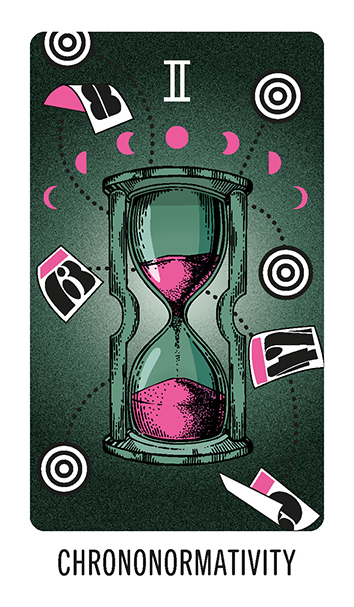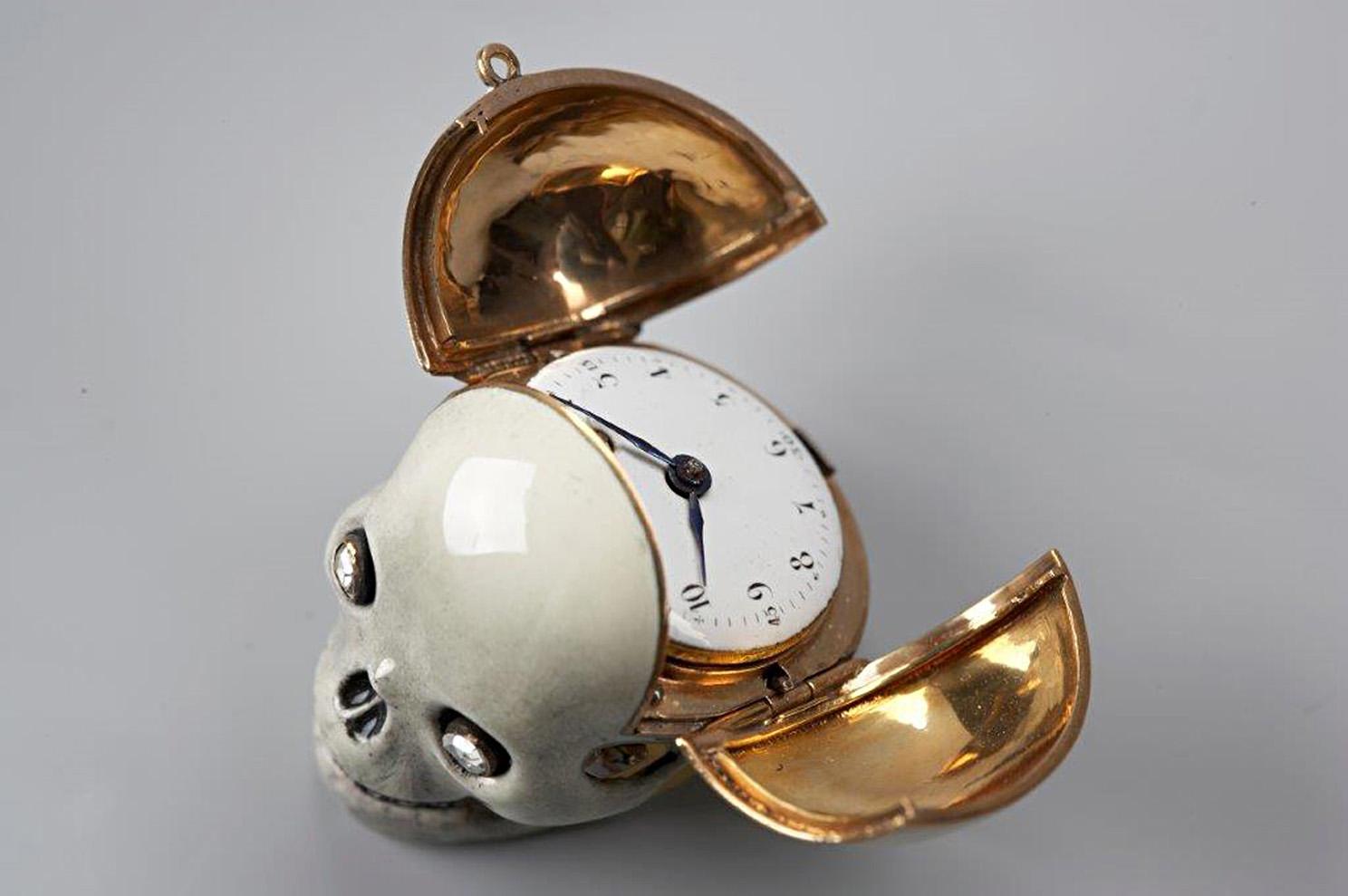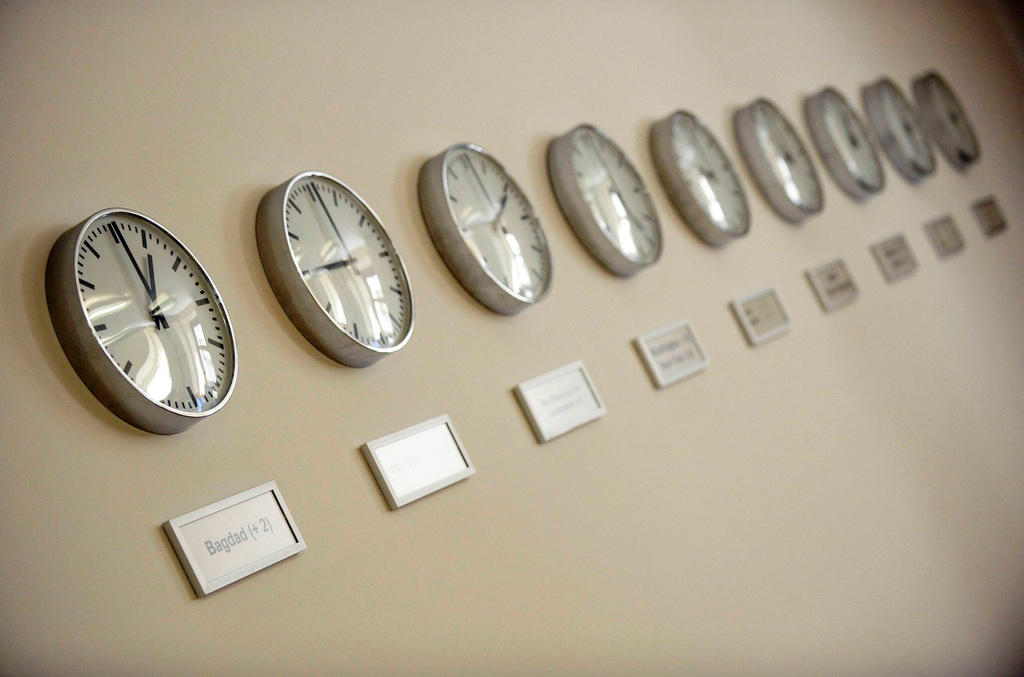096 #watch #time
New year's ruminations on the philosophy of time, documenting my visit to the Museum of Watchmaking at Le Locle.
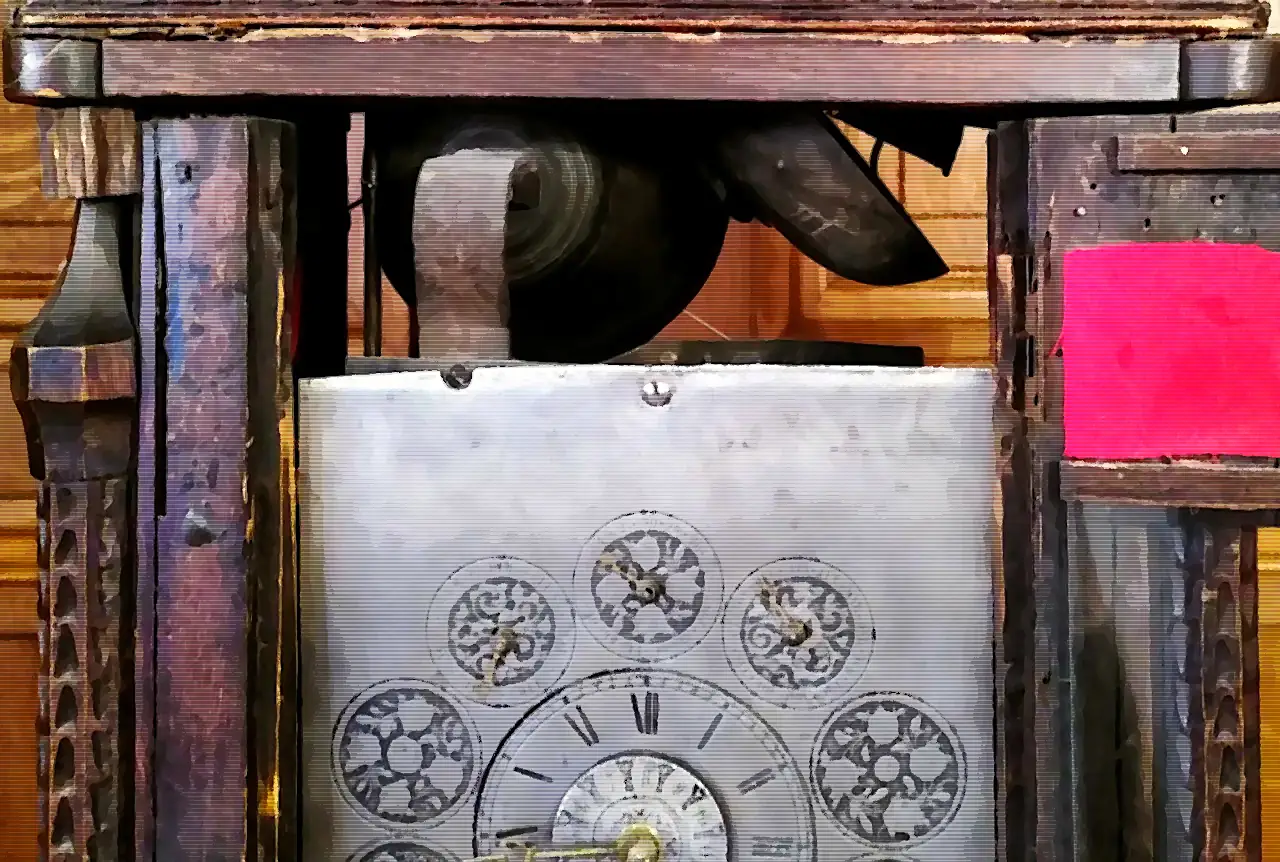
Not only the domain of physicists and technicians, clock-making attracts artists and scientists, the most driven, and the most dreamy to a crafty trade. My new year's ruminations on the philosophy of time are interspersed here with photo-documentation of a visit to the Watch Museum that inspired this post.
All photographs here were taken by me using a Fairphone 3 at the Musée d'horlogerie du Locle. I do most recommend you to experience the collection in person at the Château des Monts! Since the museum does not have an online database, only a digital guide that is rented to visitors on location, there is little more I can share about these items. Let us hope, that their ongoing archival programs will be digitized in the future. Perhaps an appeal from the Friends of OpenGLAM to the Friends of the Museum is in order.
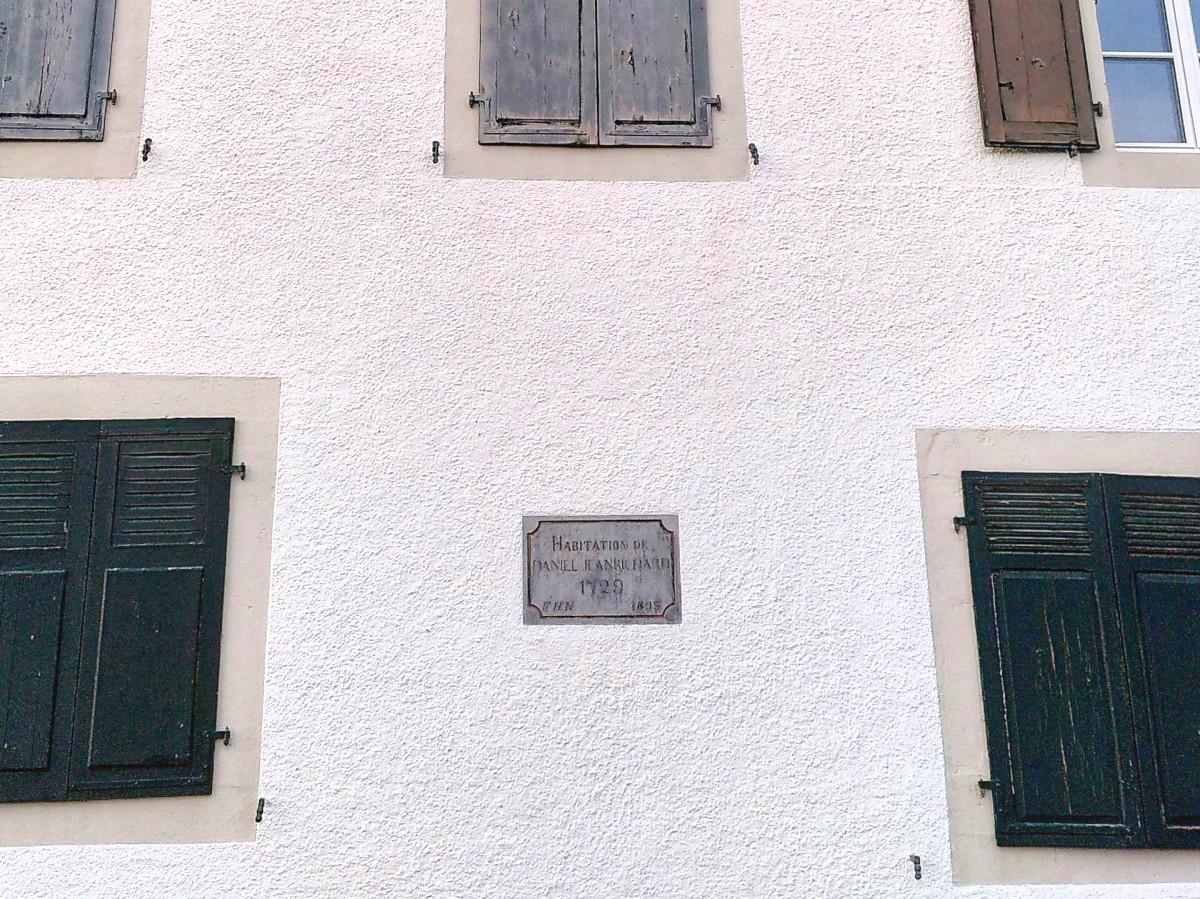
Planned virtually on blank terrain after three major fires at the beginning of the 19th century, Le Locle and La Chaux-de-Fonds were entirely dedicated to watchmaking production. "Nestled in the mountains of the Swiss Jura, on land that is not very suitable for agriculture, the two neighbouring towns illustrate an original urban development that reflects the need for rational organisation of watchmaking production," writes GenèveActive on their inclusion on the UNESCO World Heritage List in 2009. See the video gallery and annual events on the dedicated website, or use the time-journey map from swisstopo for a top-down look on this urbanist dream.
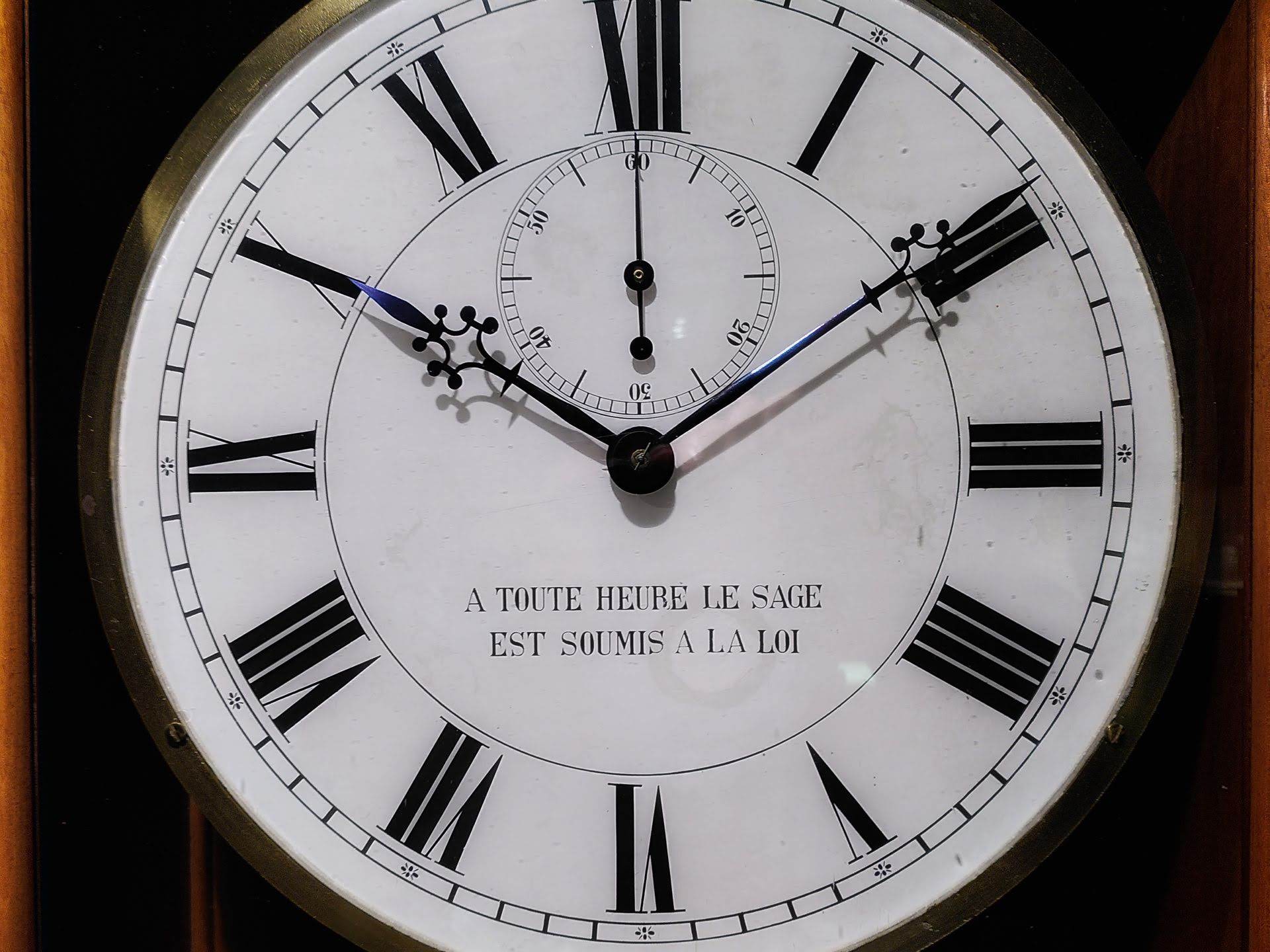
Keeping the time is not just a matter of watching the passage of seconds into minutes, minutes to hours, hours into days, ad infinitum. It is a discipline of documenting the past and controlling the present. In timing we are making patterns, in order to be able to increase the probability of our guesses for the future. The calendars that mark periodicity are an ancient form of data visualization. Our modernity is ruled by a handful of atomic clocks, splitting each second into a million parts to keep the world in sync. These thoughts whirl in my mind as I stroll in through the garden, hoping to catch some timely wisdom here, a living celebration of the joys of time and human ingenuity.
Time is a game played beautifully by children.
-- Heraclitus, as quoted in Fragments (2001)

One revolution after another, we the servants of the Hour advance an agenda of modernizing productivity in the name of progress, wealth, and justice. This modern civilization we keenly protect now stands on a precipice, peering into the Doomsday Clock during a yearly announcement, which will next be on Tuesday, January 23 at 15:00 UTC. Only in brief moments, vacations, weekends, might we allow ourselves the freedom of living "off the clock". Or ... we may go to a sportive event, and submit ourselves to the ticking countdown beat completely, in ritualistic anticipation of the deadline. For a few more thoughts on this, see my last year's Nundinae discussion piece.
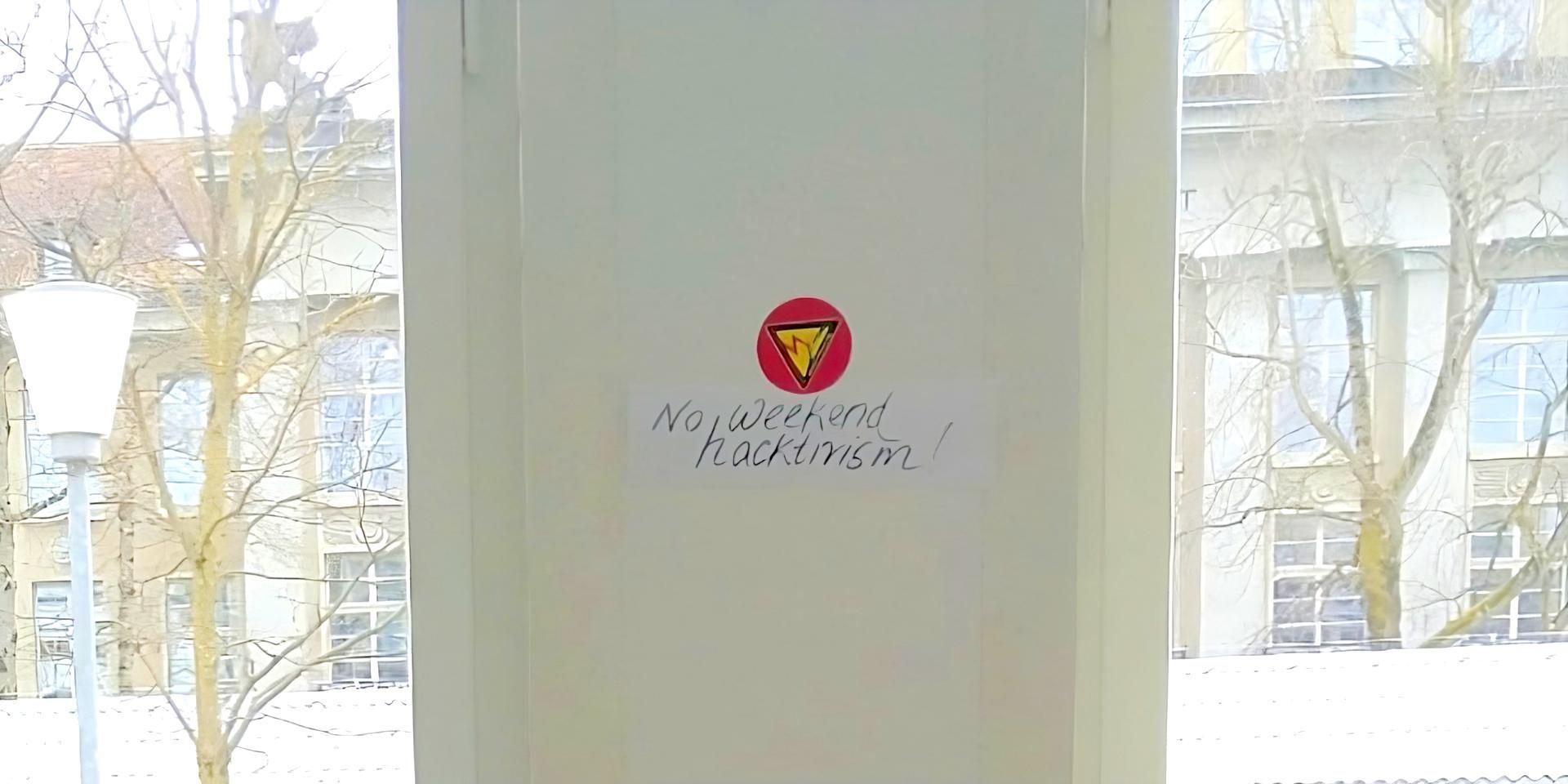
If an alien visitor flew over the Earth today, they might well see our civilization as one enslaved by timekeeping methods. Endless skyscrapers filled with the captains of time, setting the pace on armies of clock-winding managers, who subdue the rest of us in time-lined prisons. Our digital devices have become the ultimate whip, cracking with every dropped call, delayed service ticket, or dread of a missed notification. Failing to show up on time is the first mark of suspicion. Every age hides its morality in plain sight, all along the watchtowers.
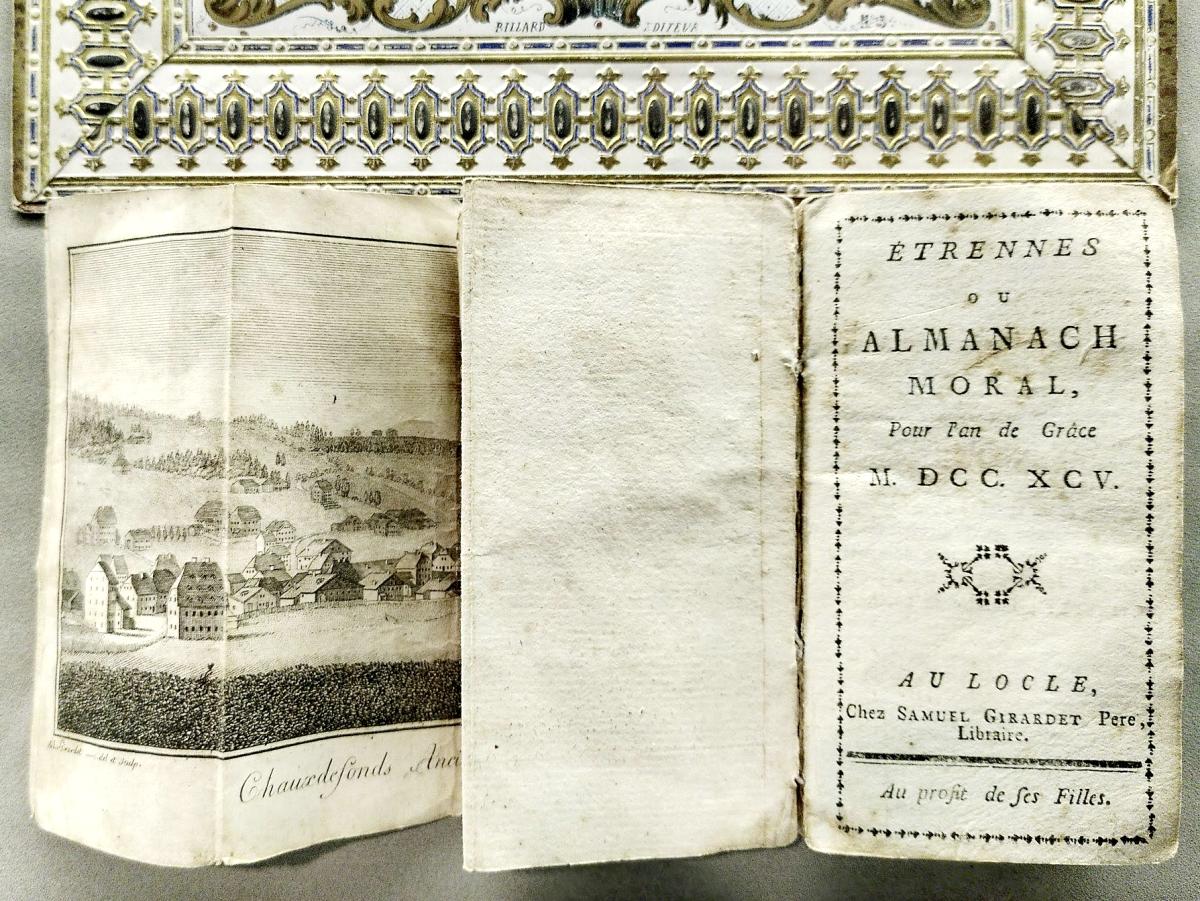
O tempora! O mores!
-- Cicero ("Oh, what times! Oh, what morals!")
Consider another side of the political question: if you look at time zones, you see our nations contesting over centuries, an almost absurd level of geographical injustice that affects the way millions of inhabitants of the Earth are allowed to see the sun. Detached observers may well wonder, what submissive complacency we have towards our temporal systems. Why do we still struggle with CET and GMT despite the advocacy of UTC and other Global Time proponents? They might well propose world governance with one sole purpose: to make timekeeping more equitable, logical, and simple. Meanwhile, the clock-wranglers are happy to accomodate with every manner of clock and method of calibration - as long as it is accurate!
As programmer, I am expected to deal with time formatting and local conversions of dates unceasingly - and unquestioningly. Like we learn to live with money, seldom questioning its fallacies, complexity and failures, we grow up and adapt to the culture of time as being something above and beyond us. The currency of work, study, rituals and relationships is the background to all our affairs. Time goes by many names and faces, lurks behind every human thought and notion. To live without Time, outside of Time's domain, is arguably a form of madness. Or is it madness to blindly slip in Time's own traffic?
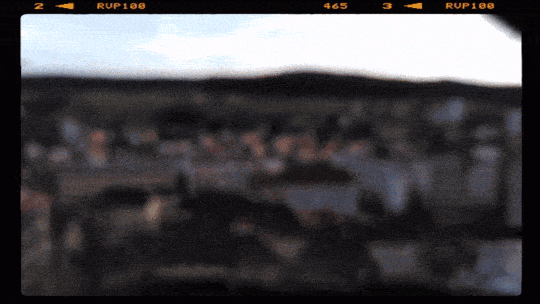
It is a cultural shock to fall into Switzerland, and be met with subtle yet pervasive differences in attitude towards timeliness. Both in the sense of punctionality on appointments, as well as the more general ways people in Europe relate to seasons, 'roadmaps' or live plans. My upbringing did not prepare me well for what seemed like a steep cliff-face of expectation - the lofty heights of the Swiss perspective on centuries of entangled history still escape my view. I could not fail to notice the uncanny abilities in many of my friends and relatives here. Your biological clocks seem to be extremely attuned to your mechanical and electrical ones. A formidable awareness of the moment, an ability to pull and stretch the experience of duration into shape.
"The Swiss, even more time and regulation dominated, have made precision a national symbol. This applies to their watch industry, their optical instruments, their pharmaceutical products, their banking. Planes, buses and trains leave on the dot. Accordingly, everything can be exactly calculated and predicted." (R.D. Lewis)

Perhaps it is this levity, combined with an almost child-like fascination with rocks, crystals, metals, jewels, that along with an familial industriousness refined over centuries in small workshops, has created such a renowned industry of clock-making. Not only the domain of physicists and technicians, clock-making attracts artists and scientists, the most driven and the most dreamy to the trade. Despite the proximity and mutual reliance with communication and computing, timekeeping has not been a subject I had paid enough attention to.
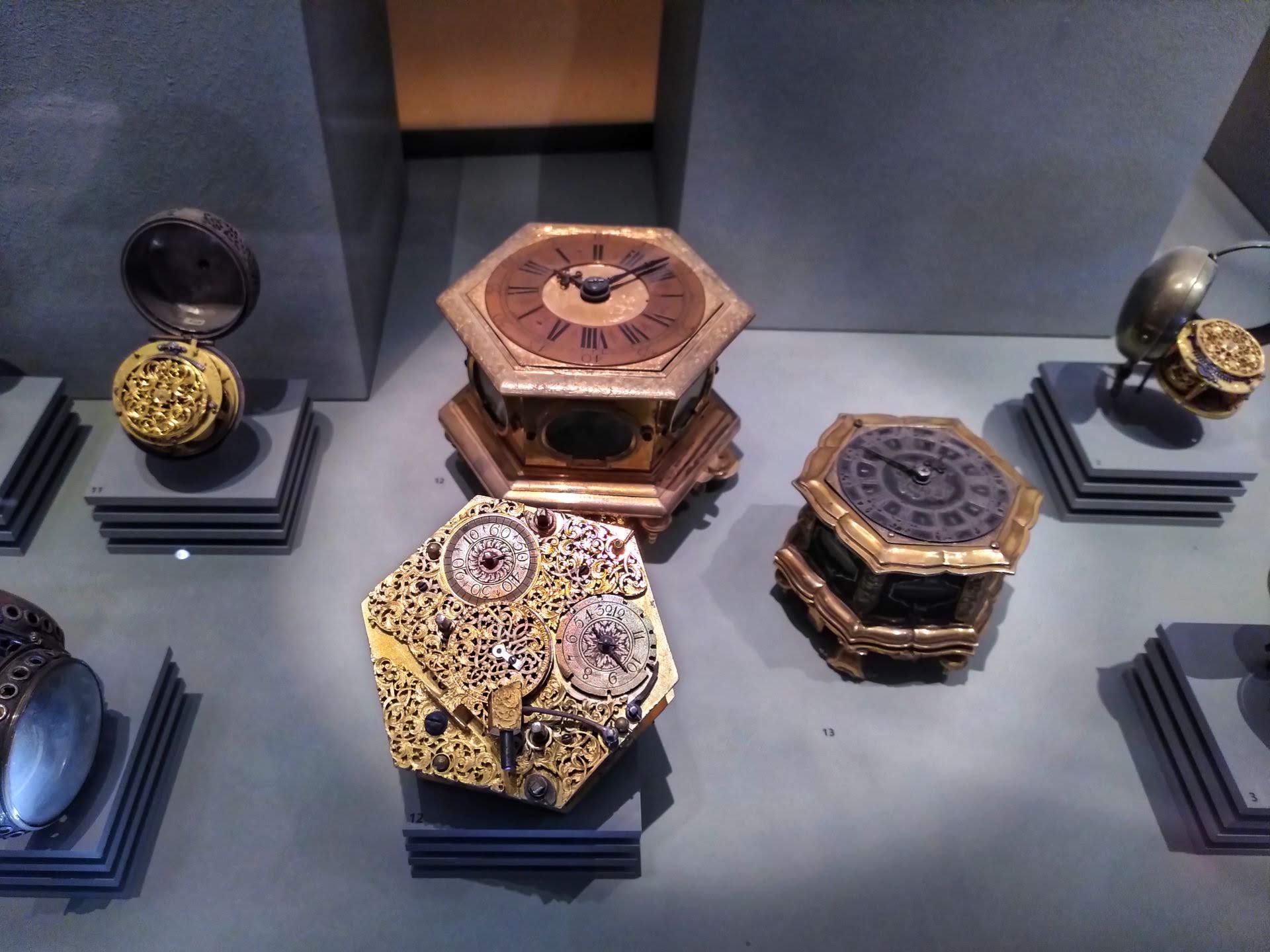
Whether you trust or despise the clock and time-sheet, I think we all agree that freeing ourselves of the confines and comforts of schedule is an idealized state, in which society - or even survival - is not possible. We could hope that alien visitors could give us a dramatically better way of sorting out our problems, perhaps a different vista on the four-dimensional curves of our universe. Until then, the pleasures and loop-holes of time will continue to busy the students of history, anthropology, archaeology and paleontology. The measurement of epochs being a great source of busywork and wonder - even just the idea of "making history" that inspires poets and politicians alike.

In our science fiction, we are fascinated by the malleability of the time continuum, imagining all kinds of special powers and stories in its bends. Virtual worlds and video games give life to these theories, just as their consequences are studied in particle accelerators. As physics and quantum sciences change our understanding of the elemental tangle of time, the universe seems more approachable, more fragile, as we discover a new and blindingly beautiful nature. Every step of the way, we are inventing new instruments for submitting it to reason.
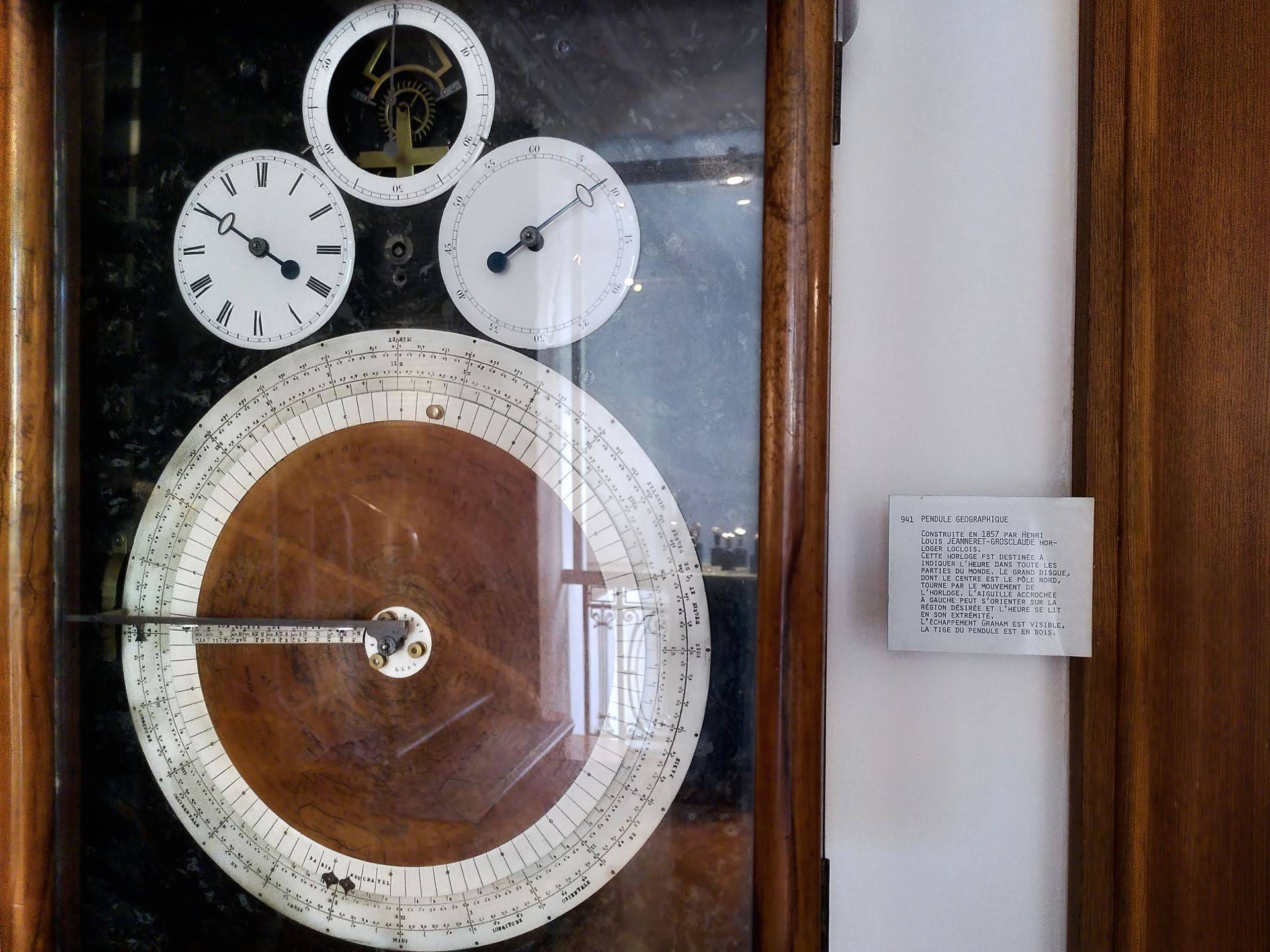
Whether if soul did not exist time would exist or not, is a question that may fairly be asked; for if there cannot be someone to count there cannot be anything that can be counted, so that evidently there cannot be number; for number is either what has been, or what can be, counted.
-- Aristotle
Before launching into any further tirade, you may well ask - why write this now? As a new year dawns, fresh from the ritual, familiar countdown linked to seasonal celebrations - I ponder on the year that passed. In many ways, it has not been a 'good' year. Wars raging all around, ice caps melting at unprecedented rates, extremism rising as humanity shakes in the panicked, self-serving decisions of these unstable times. We mourn the loss of people who were close. We forget all the milestones we've passed, focusing on the disappointments of business, income, orientation, pushing down morale. If you feel desperation rising, take a moment to breathe. Talk to a friend. Listen to the swings of the pendulum, that whisper: this too, shall pass!

Writing is an admission and acceptance of what time has in store for me, perhaps for everyone. To live through the downs, I am fortunate to have the support of a loving family, my friends and supportive peers, who often give me the benefit of the doubt - a chance to at least be productive at home and in the classroom. I am privileged and grateful to have the support of a candid therapist and kindly coach. Two wise siblings, who all teach me the commitment and hard work of self-renewal. And I am learning to be more grateful for every moment and span of sunshine, to be more at home with my peers as much as with my self. This blog post is part of a regenerative process - in many ways, you could say that writing tunes the brain. The year ahead, the commitments, the path we trod seems lighter.
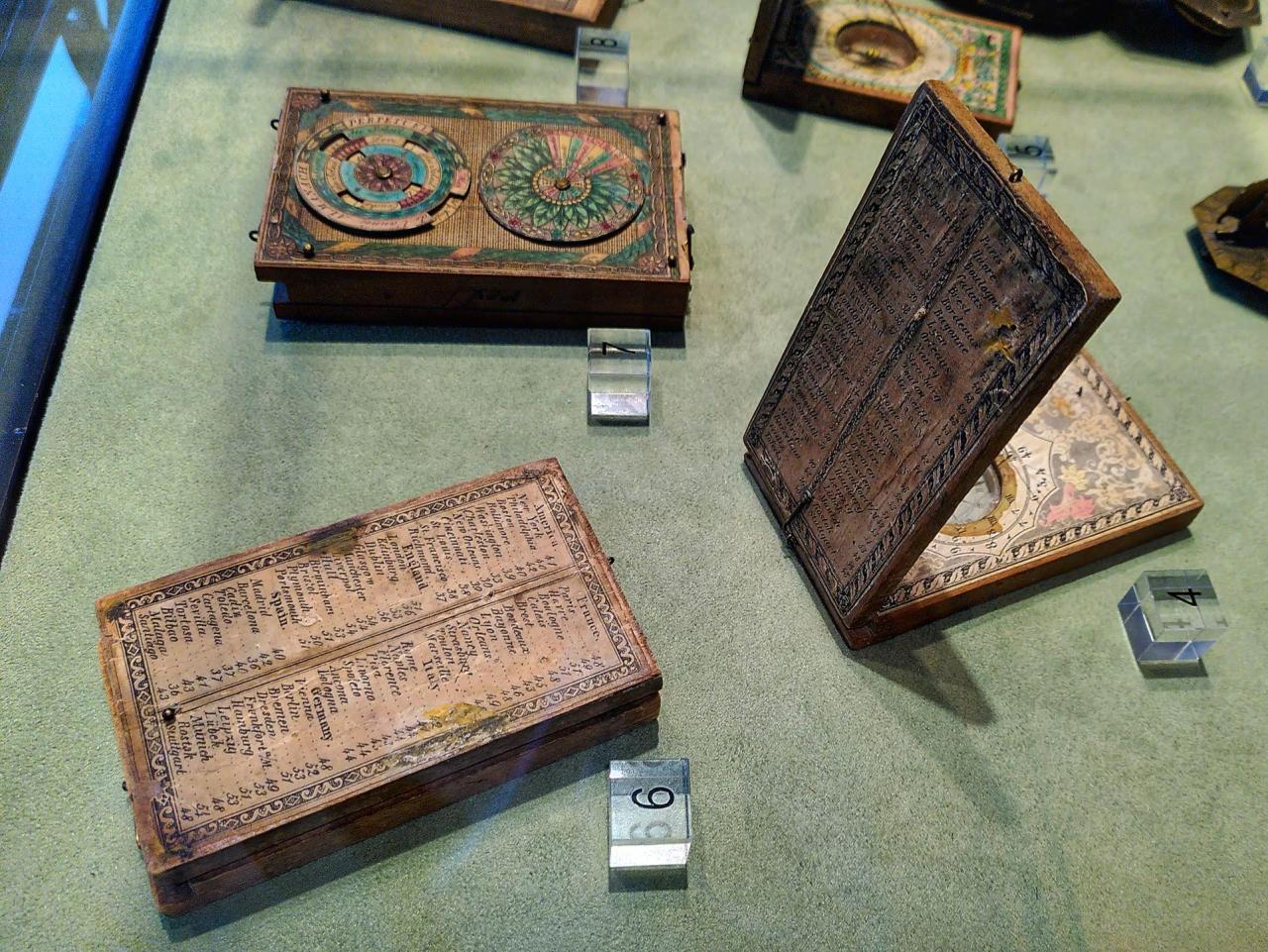
What now? I begin the year with designs on instruments of time-keeping for use within our creativity-challenged and time-crunched collaborative settings. Perhaps there will be uses in our life in general, but first I want to make good progress on familiar turf. I deepen my research into such devices with a visit to the museum of time-keeping, a place imbued with legend, built with careful urban design. At Le Locle, I could plainly see the artisans and scientists in their endeavors to push back on physical limits, akin to alchemists in their dedication to the mechanisms and minute interactions of materials.
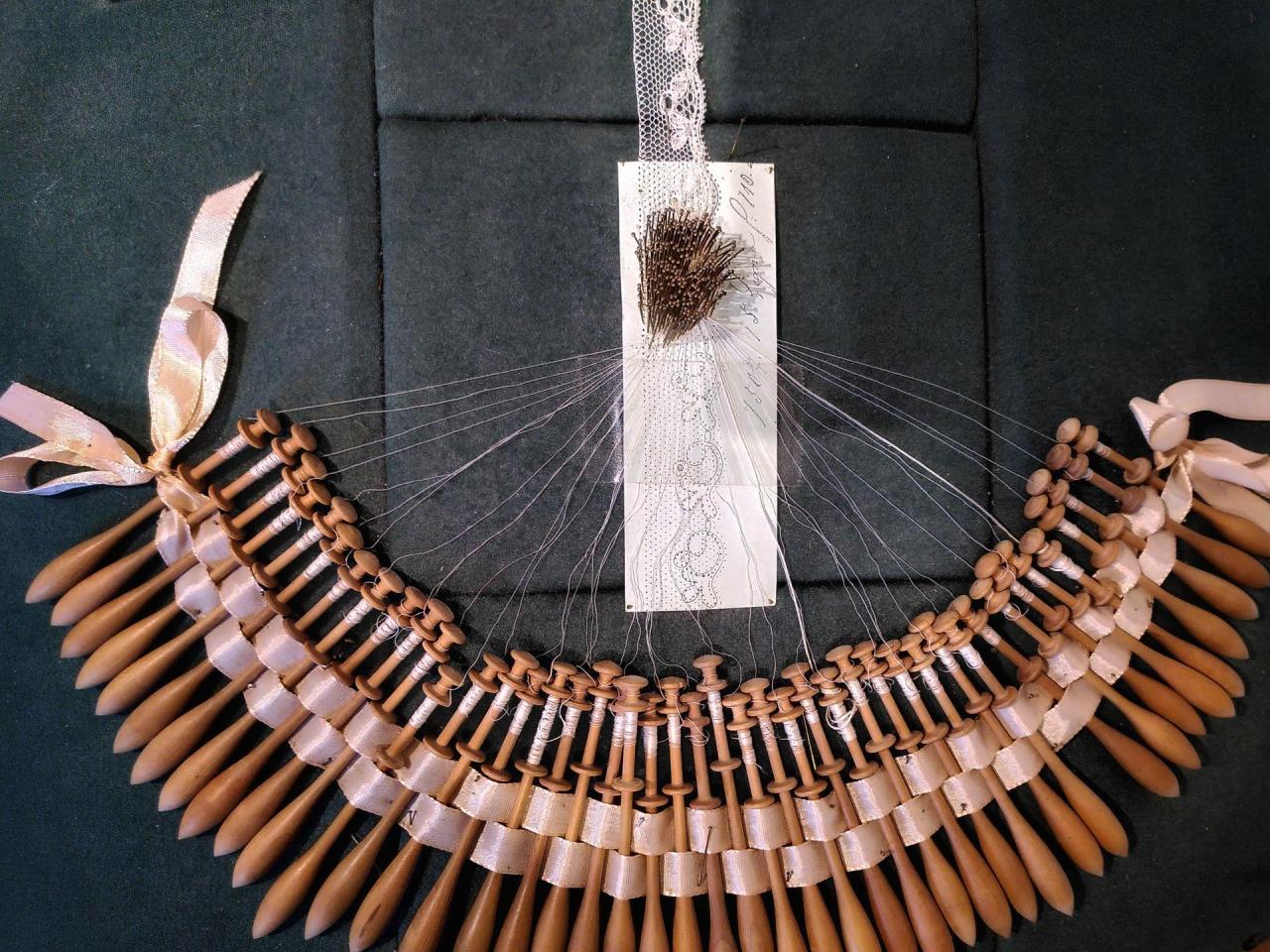
Le Locle’s history is closely associated with lacemaking. In the 18th and 19th centuries, Le Locle lace was exported to the largest markets in France and Germany, making Le Locle the most important town in the Neuchâtel mountains, well before the advent of watchmaking, hence the local expression “watchmaking came out of lacemaking”.
-- NeSpoon - exomusée
Basculating in the Musée, among all the ingenuity and tireless persistence that was put into the watches, clocks and mantelpieces, I also found unexpected hope and sparks of wisdom. One is exhausted by the extravagance demanded by noble patrons, on one hand, on the other - filled with appreciation for their elegance and beauty of their constructions: there is something for almost every taste. In the woven patterns of Bobbin lace (la dentelle - Fr., pictured above) you may even see something like the anti-clock: a slow, organic, tactile and playful art which defies being boxed in.
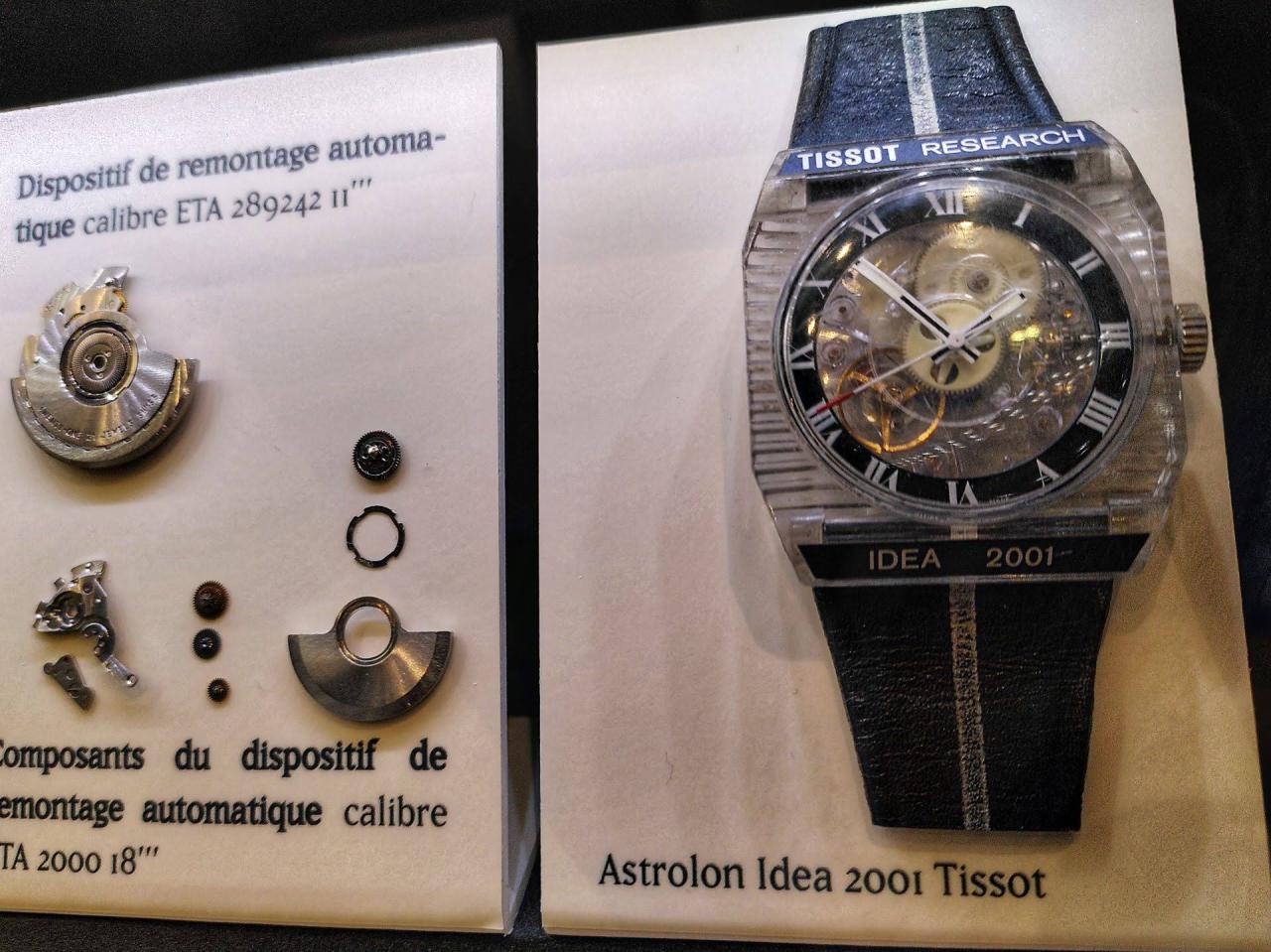
Some of the objects seem very familiar: artistic pieces that are collaborations with the wood-workers of Brienz, where I apprenticed in the early 2000s. Many objects are from the laboratories of Tissot or Swatch, familiar brands. Above all this, the museum puts visitors into an artistic mode, unpretentiously connecting us on the top floor to the origins of timekeeping, on the backdrop of the history of civilization - from the ebb and flow of the Nile, growth of trees, to the Stonehenge and satellites of civilization - our foundations are rendered in lovingly crafted models and exhibition frames. My self-allotted time was drawing to a close at this point, precipitating a second visit and closer look in the future.

Clocks slay time. Time is dead as long as it is being clicked off by little wheels; only when the clock stops does time come to life.
-- William Faulkner, The Sound and the Fury (1929)
It gives me a vision of humankind both tortured and thriving on the vestiges of time. An ancient instrument of world-shaping, exploration and domination. I am motivated to better acknowledge my feelings and frustrations on this matter, and take these learned values into consideration. The museum creates an inspired setting for people to be able to question and reconsider the dynamics of time: safe spaces to dip into cultures of interaction and systems of pacekeeping. I am inspired to probe philosophically and more fundamentally at the relationship between time and information technology. Not just the issues of storing dates and times, the collecting of bits into efficient time series.

In our human experience of time, there is a kind of special randomness or perhaps a highly evolved logic, that remains yet out of the grasp of simulation. Although, perhaps, that is just another form of sophisticated vanity. To 'move in time' is not something a central processing unit can do, bound strictly to the sequence of assembly instructions being tested at a strict clock cycle speed, developed for maximizing linear performance. Now we are amidst a new arms race, where training neural networks or cryptographic maneuver is the main concern. History repeats itself, as we stockpile the data warhead - the petabyte storage array, the Tensor Processing Unit - to weather the information storm. Consider with care the origins of such striving.
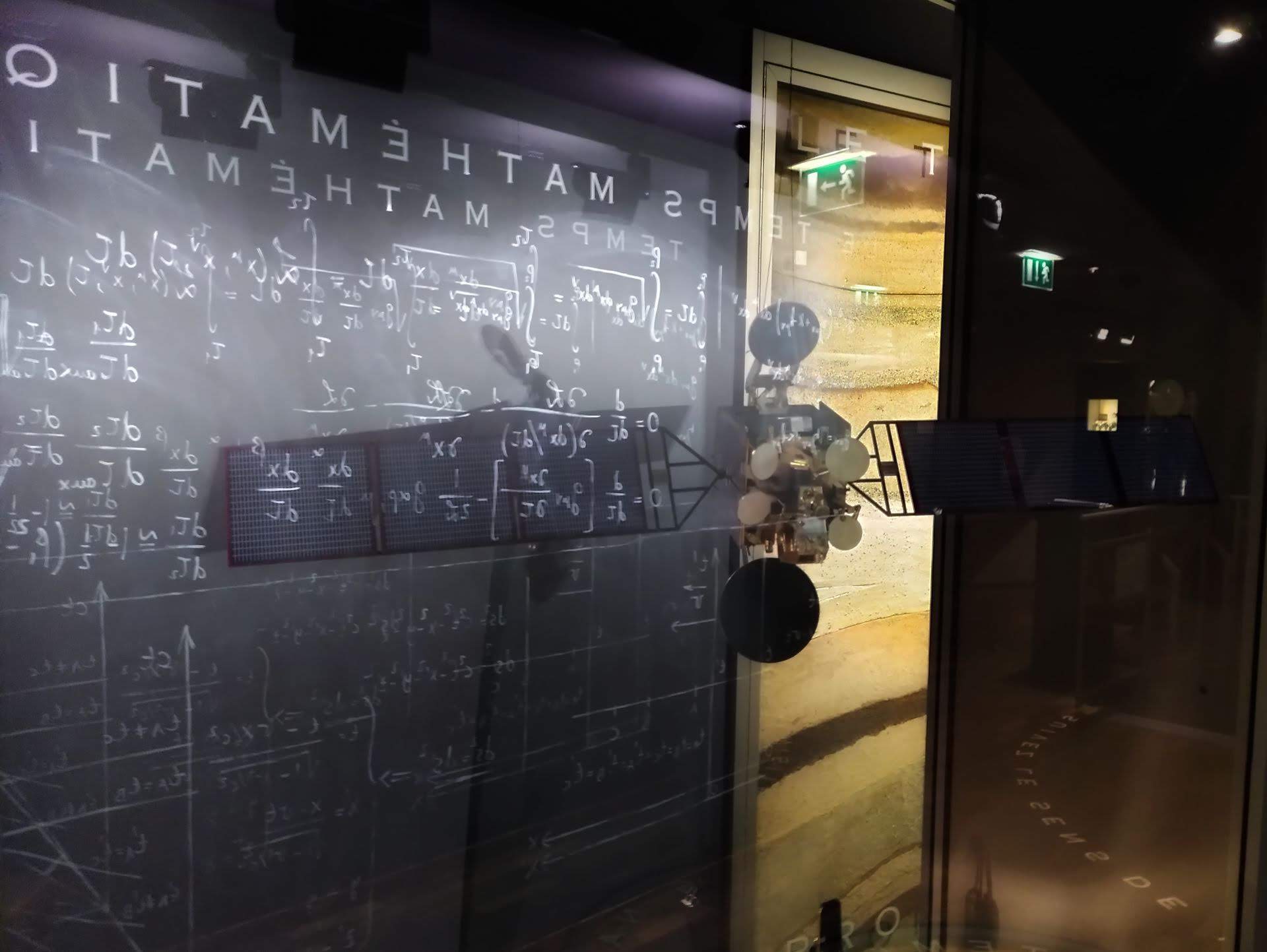
Quantum computing promises another productivity revolution, while some are thinking in the polar opposite direction, of Slow computing. I'm not just talking about vintage computing, like the recent brilliant show of ageing - nay, timeless - computers and retro consoles in Zürich. I refer to the rather timely issues of obsolescence and sustainability: an odometer for your components, to reduce the total CO² footprint, for example. In the domain of HCI, where the psychological hazards of information overload and our propensity to be addicted to simulated experience are well known and keenly exploited, we need less counters, more breaks. If technology wants to be my friend, let it be Vanitas.

As in the ancient sports events they derive from, the contests of the digital society are opportunities to measure ourselves. As new elements of culture emerge, they beg questions about where we are going as a species. In the best case, the perspective gives us some extra leverage to influence a generation of knowledge workers to unshackle the old ways of managing - or being managed, rather - in the dimensions of time. We are constructing alternate systems of trust and relationship-building. Whose is the face that we see, when we clock in?
You are a “spacetime worm” that curves through the four-dimensional manifold known as spacetime. ... to have a momentary property at a time is to have a temporal part at the time that has the property in question. So you are sitting right now in virtue of the fact that your current temporal part is sitting. (Time, part 7 - Stanford Encyclopedia of Philosophy)
To know the time is to look back on your worm-tail, and the tail of your fellows. We check the time to be reminded of our plan to ensure that our schedule will be met ... as we speed onwards, into the ever-widening horizon of experience.
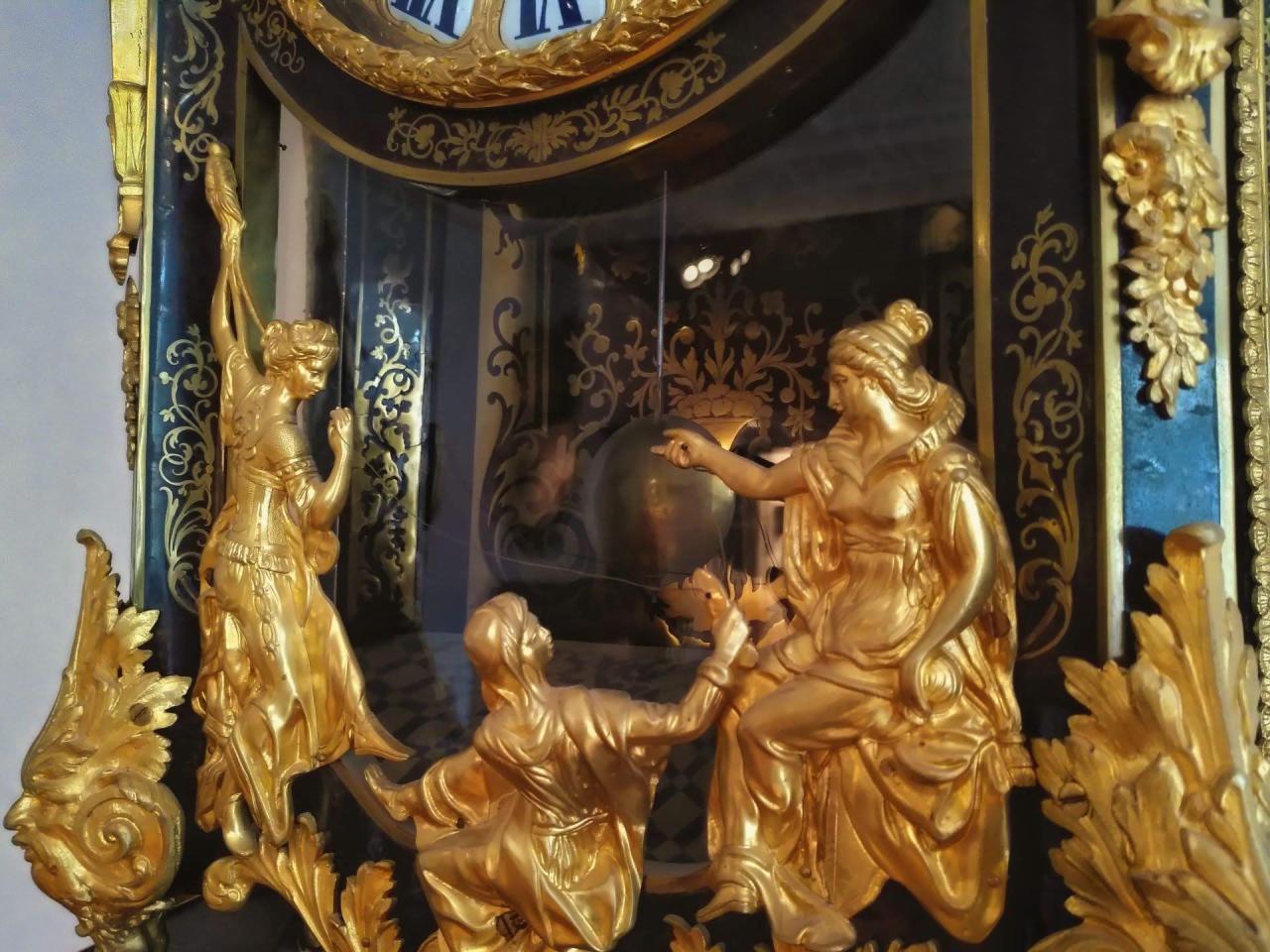
The watches, chronometers, hourglasses and sundials are our trusted companions. When our children's children look up at the Mondaine gracing the track of the train station, perhaps they will see more than just a minute hand, caught in the grasp of the Moirai, the hour hand blindly passing judgement and creeping towards death (or, at least, a missed connection). Perhaps they see a new kind of liveliness? To us, it might be incomprehensible, fragmented - to others, it could be a breath to unravel time's flow, a chord of personalized algorithms, a communion of hyperprosocial reach, an embrace by machines of loving grace.
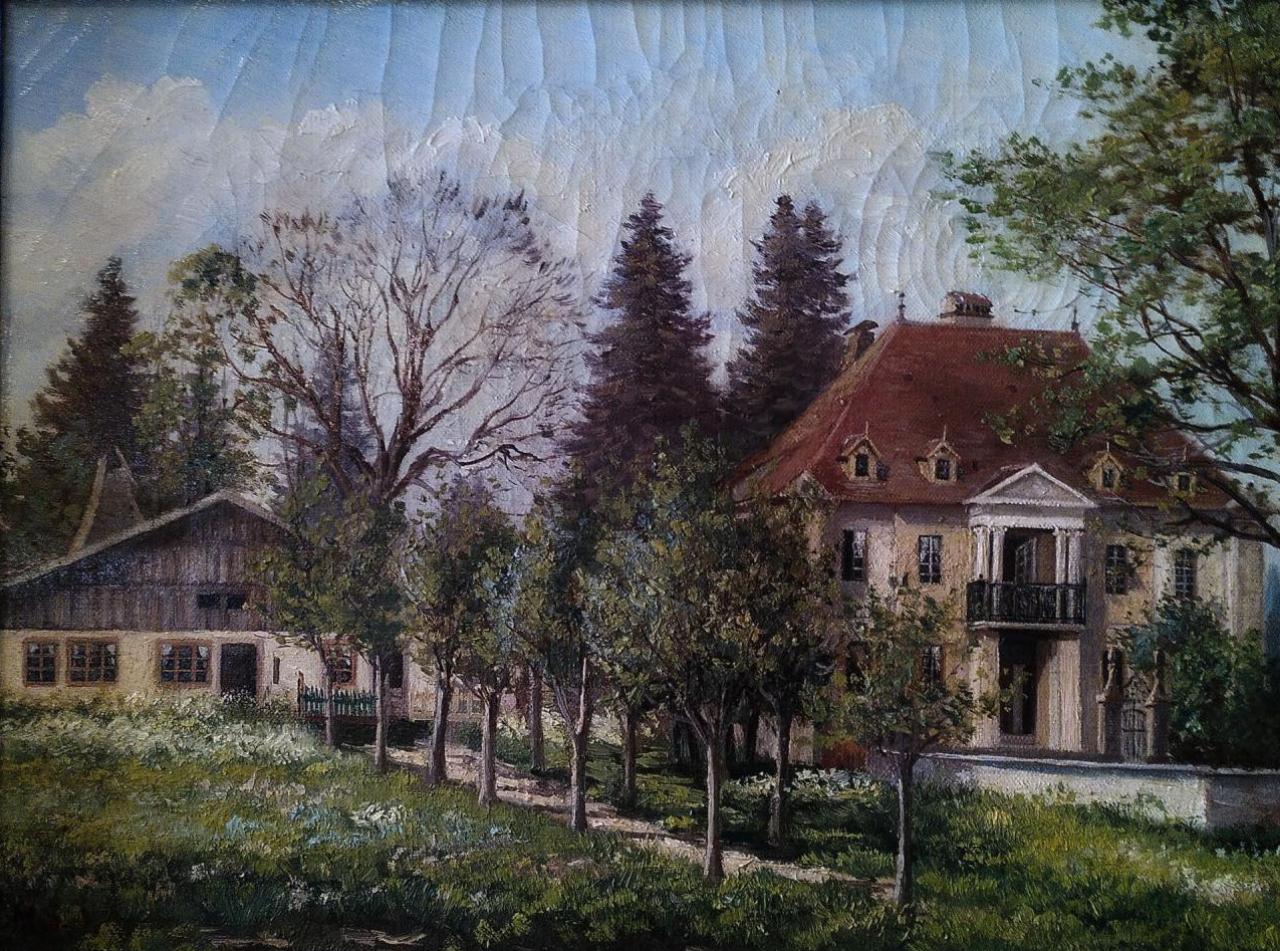
This hour will pass — all passes,
On this life's fleeting scene ;
But still the future glasses
All that the past has been.
-- Letitia Elizabeth Landon, Friendship's Offering, 1836
Merci beaucoup to the staff and fellow visitors of the Museum for an inspiring start into 2024. And thank you very much for a slice of timeline, for being here and reading. If you have comments, please drop me a note .. any time!
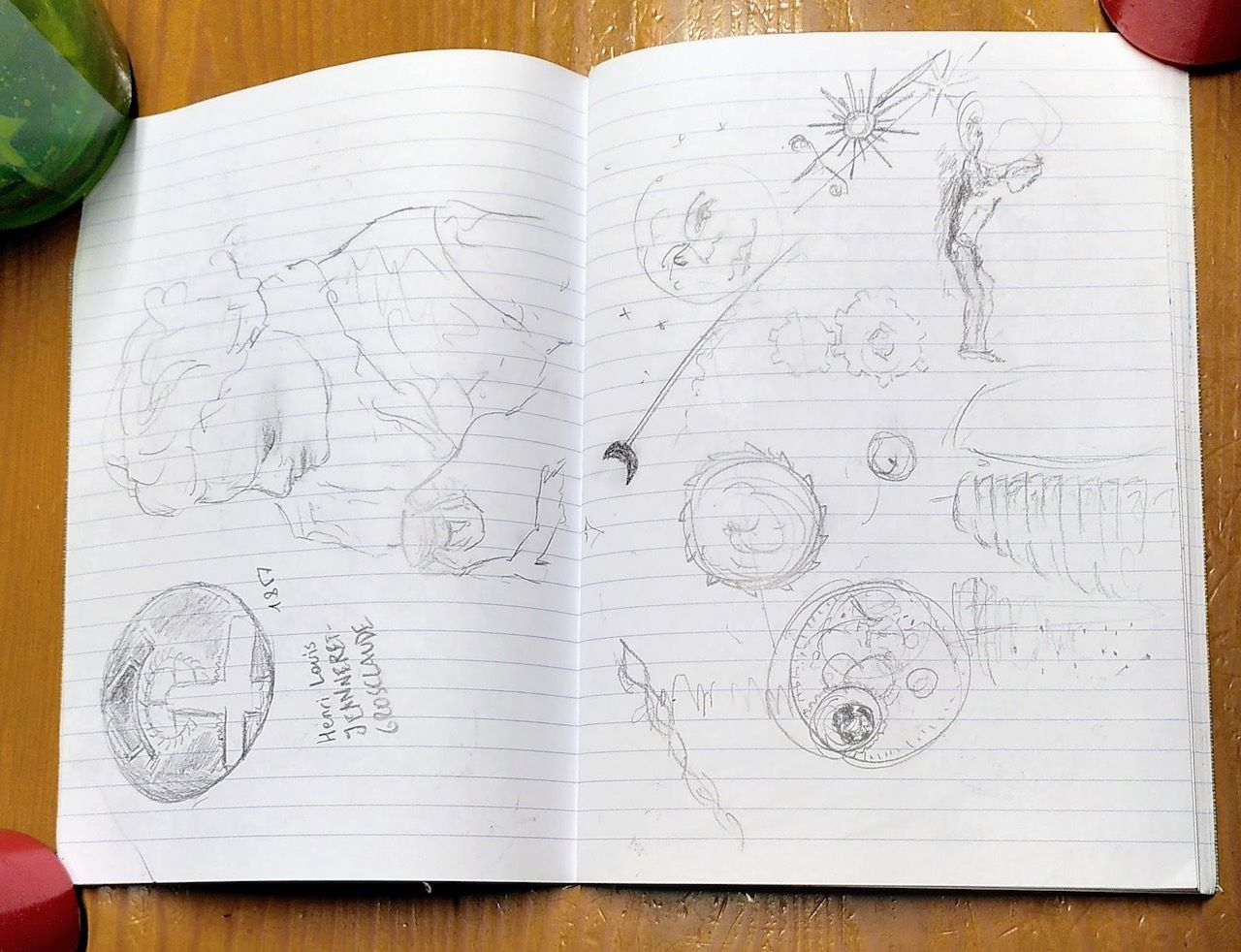
Read more
A list of sources and further streams to follow.
